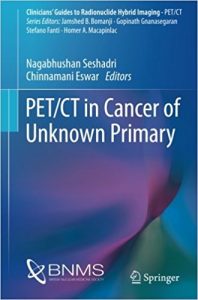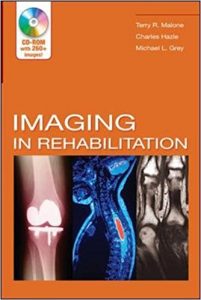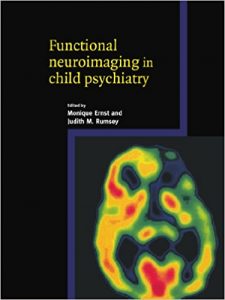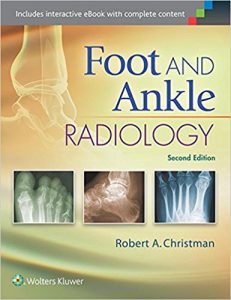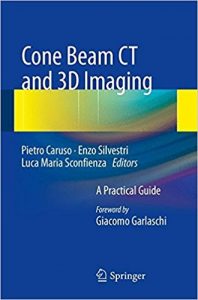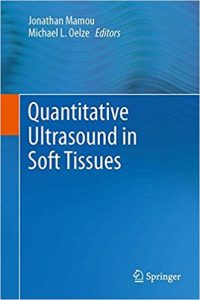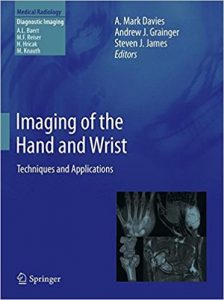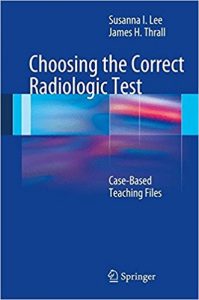Contrast-Enhanced Ultrasound in Clinical Practice: Liver, Prostate, Pancreas, Kidney and Lymph Nodes
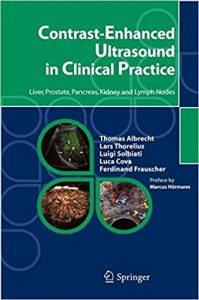
[amazon template=image&asin=8847003040]
The value of ultrasound contrast agents (USCA) in everyday clinical practice depends on the pharmacokinetics, the signal processing, and the contrast-specific imaging modalities.
Second-generation USCA, are blood pool agents that do not leak into the organ tissue to be examined but remain in the intravascular compartment increasing the Doppler signal amplitude during their dynamic vascular phase. Taking advantage of the stability of their microbubbles, they can withstand the acoustic pressure of insonation much better than first-generation contrast media, which results in an increased half-life of the agent and, consequently, in a prolonged diagnostic window.
Concomitant with the improvement of contrast agents, different contrast-specific imaging modalities have been developed which, used in combination with USCA and a low mechanical index, allow continuous real-time grey-scale imaging. These recent technical improvements have opened new possibilities in the use of USCA in a variety of indications. Written by internationally renowned experts, the contributions gathered in this book give an overview of current and possible future new applications of USCA in routine and clinical practice.

